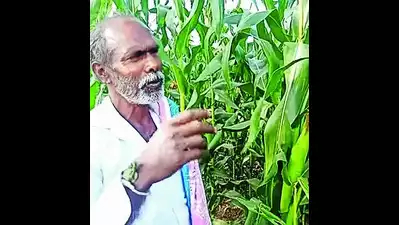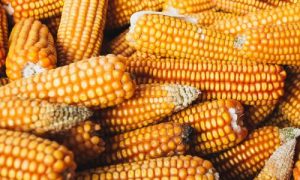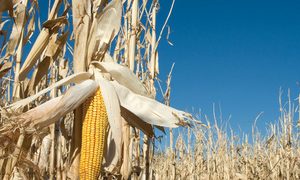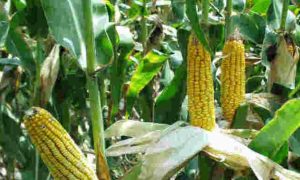Poor rainfall escalates cost of cultivation of maize in Ramban

Rattan Lal, a farmer in Dhalwas, Jammu and Kashmir, has had to resow maize three times due to poor germination caused by inadequate rainfall. This issue affects many in Ramban district, where maize, a crucial Kharif crop, relies on timely pre-monsoon showers. Dr. Raj Kumar explains that the lack of moisture has led to severe water stress and crop failure. Farmers, including Usha Rani, are concerned about increased costs and the impact of climate change.
This is for the third time; I had sown maize as the germination percentage during the first two sowings was very poor, said Rattan Lal a marginal farmer from Dhalwas village in Ramban district of the Union Territory of Jammu and Kashmir. This is not only the story of Rattan Lal but for most of the farming community in this region particularly in the lower belt of district who had to go for resowing of maize due to moisture stress at the germination stage largely due to the lack of timely and adequate rainfall in this region. Dr. Raj Kumar, Sr. Scientist and Nodal Officer told that Maize is a principle crop of the district. Being a Kharif crop it grows best in the rainy season with wet and hot climates and sufficient soil moisture. In this district, it is grown once in a year and sowing here starts in the month of June with the onset of pre-monsoon showers that give it the necessary moisture to germinate. The productivity of the crop in the farmer fields in the district is not at par with the national average. KVK-Ramban provides high yielding and hybrid varieties of maize and other crops to the farmers under its various programmes to augment the production and bridge the yield gap.
According to Dr. Parveen Kumar SMS (Ag. Extension), district Ramban of the UT is largely rainfed with only ten percent of the total area under assured irrigation. This year, the lower belts of the district did not even received pre-monsoon showers. Farmers’ went for sowing of the crop in the hope of a good and timely rainfall which they did not receive. Severe water stress during the earlier stage of crop growth thus led to crop failure and therefore required resowing. Usha Rani a farm women and a local representative from Peerah in Ramban told that her and many adjoining villages have also gone for resowing and late sowing of maize crop largely due to extreme weather events.
The re-sown crop is in good condition and the farming community hopes that there will be no adverse effect on the crops in the later stages and yield of the crop; but they are definitely worried about escalation in the cost of cultivation due to the additional expenses on purchase of seeds a no. of times.
Like Rattan Lal and Usha Rani, many other farmers of the region now believe that climate change is here to stay and the farm sector in the region will need various adaptation and mitigation strategies including resowing and late sowing.
Source Link : https://thenorthlines.com/poor-rainfall-escalates-cost-of-cultivation-of-maize-in-ramban/

















